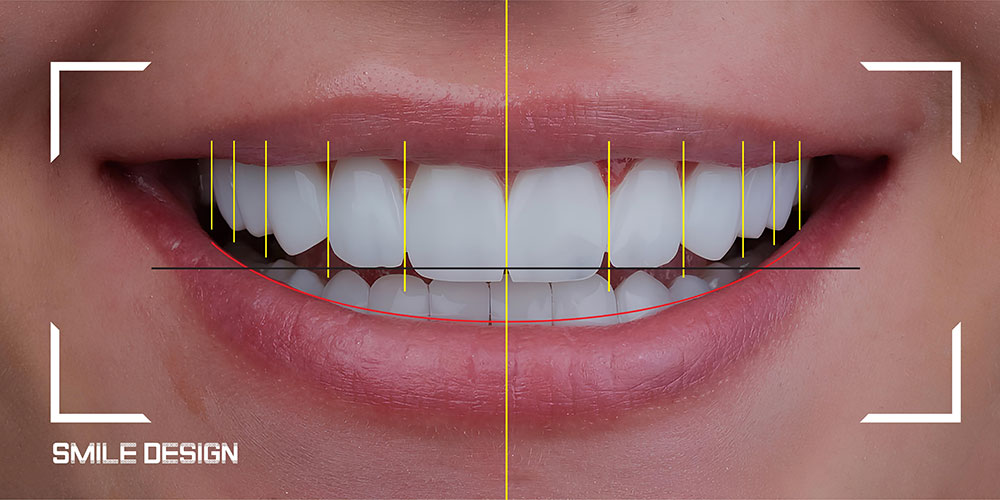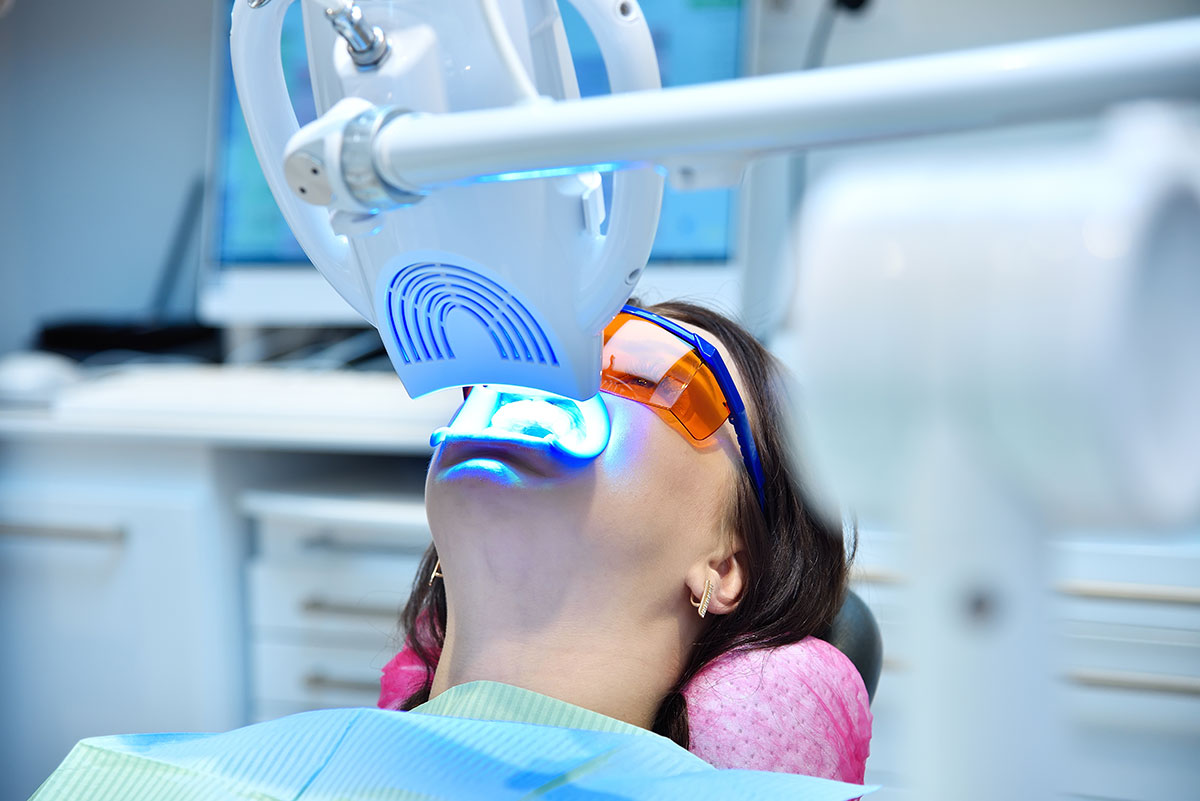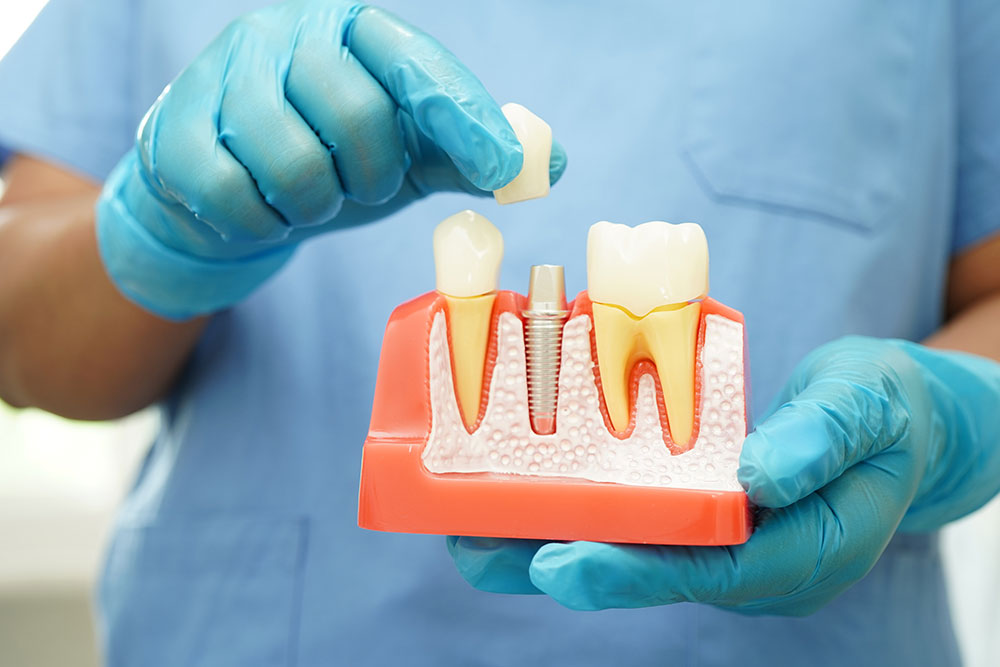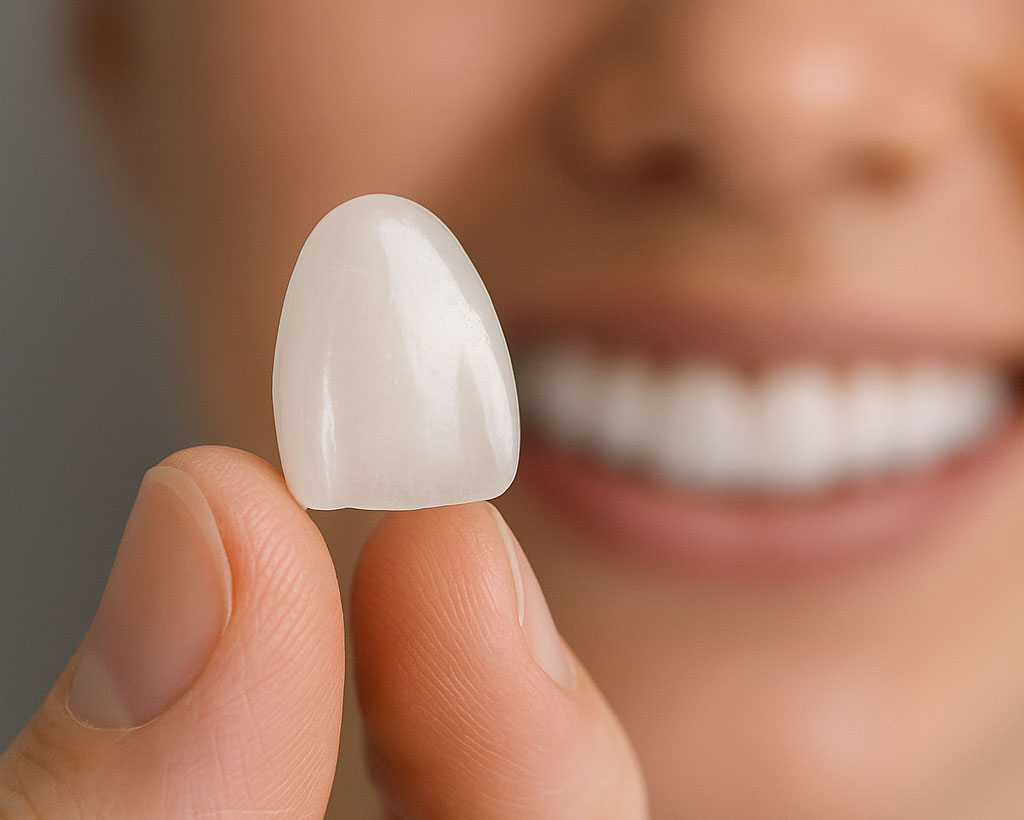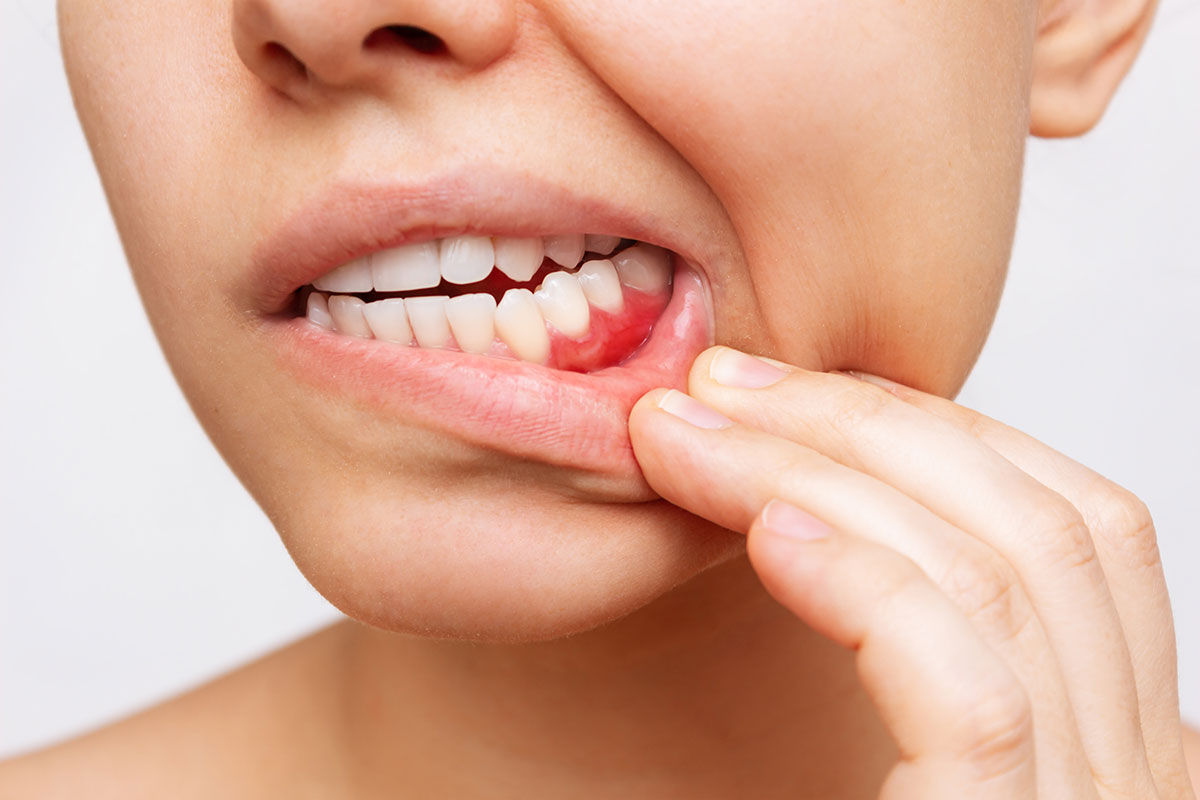Modern Solutions for Healthy and Aesthetic Smiles
Dental health is one of the most important elements that directly affect our quality of life both aesthetically and functionally. Over time, teeth may develop various problems due to decay, fractures, abrasion, discoloration or trauma. This situation negatively affects not only chewing function but also speech and smile aesthetics.
At this point, restorative dental treatment provides both a healthy and aesthetic mouth structure by repairing damaged teeth.
What is Restorative Dental Treatment?
Restorative dental treatment is the general name of treatment methods that restore the natural appearance and function of teeth that have lost their function due to decay, fracture, abrasion or trauma.
This treatment improves not only the aesthetics of the teeth, but also chewing and speech functions. Restorative dental treatments offer both a preventive and restorative approach to modern dentistry.
Objectives of Restorative Dental Treatment
The main objectives of restorative treatment can be summarized as follows:
Restoring Function
Damaged teeth can make basic functions such as eating and speaking difficult. Treatment restores the natural function of the tooth.
Improving Aesthetics
Fractures, discoloration or deformities, especially in the front teeth, can be aesthetically disturbing. Restorative treatment provides a natural and aesthetic appearance.
Oral Health Protection
Early repairs prevent further damage to the tooth and the need for more extensive treatment in the future.
Increased Comfort and Self-Confidence
A healthy smile increases self-confidence in one's social life.
Methods Used in Restorative Dental Treatment
Restorative dental treatment is applied with different techniques depending on the damage to the tooth and the needs of the patient.
- Filling Applications
When tooth decay affects the enamel or dentin layer, the decayed area is cleaned and filled with special filling materials.
Today, composite (white) fillings give excellent aesthetic results by mimicking the natural color of the tooth. - Inlay and Onlay Restorations
This method, which is between filling and coating, is preferred for teeth with large tissue loss.
Inlay: Laboratory-made fillings placed on the chewing surface of the tooth.
Onlay: In addition to the inlay, it also covers the projections of the tooth called tubercles.
- Laminate Veneer Coatings
They are thin porcelain leaf veneers used to correct discoloration, shape or position defects, especially in the front teeth.
They are often preferred for their natural appearance and longevity. - Crowns (Tooth Veneers)
Porcelain or zirconium veneers that cover the entire tooth are used in cases where the tooth has lost a large amount of material.
This method ensures both durability and aesthetics. - Dental Implants and Prostheses
Missing teeth can be replaced with titanium implants or removable dentures placed in the jawbone.
Porcelain or zirconium teeth on implants offer a natural tooth appearance.
Materials Used in Restorative Dental Treatment
Modern dentistry uses materials that are advanced in terms of aesthetics, durability and biocompatibility:
Composite Resins: Widely preferred for aesthetic fillings.
Porcelain It is a material that provides high aesthetics and is resistant to color change.
Zirconium: Combines durability and aesthetics.
Amalgam: Although it is long-lasting, it is not preferred aesthetically.
Restorative Dental Treatment Process
Restorative treatment planning is tailored to the needs of the patient and usually consists of the following stages
Examination and Diagnosis
The dentist determines the damage to the tooth through a detailed oral examination and, if necessary, X-rays.
Treatment Plan
A treatment method suitable for the condition of the tooth, aesthetic expectations and budget is determined.
Application
The chosen treatment method is performed painlessly under local anesthesia.
Inspection and Maintenance
The health of the tooth is maintained with regular checks after treatment.
Care Recommendations After Restorative Treatment
In order for the teeth to remain healthy and aesthetic for a long time after treatment, the following recommendations should be considered:
Brushing and flossing regularly
Avoiding breaking hard foods with teeth
Limit consumption of acidic and sugary foods
Visiting the dentist at least twice a year
Advantages of Restorative Dental Treatment
Provides natural tooth appearance and function
Prolongs the life of decayed and broken teeth
Aesthetics are part of smile design
Protects oral health and prevents tooth loss
Restorative dental treatment not only provides an aesthetic smile, but also protects oral health and improves quality of life.
Decay, fracture, wear or aesthetic problems can be eliminated with natural-looking, durable solutions thanks to modern techniques and materials.
For healthy, functional and aesthetic teeth, it is of great importance not to neglect regular dentist checks and to prefer early intervention.

